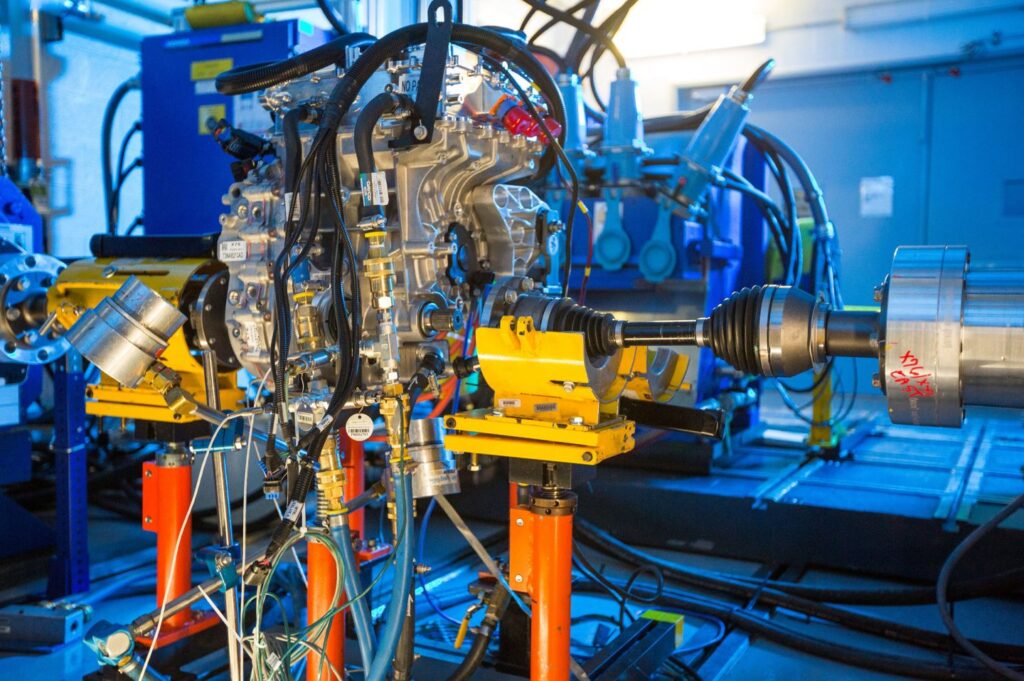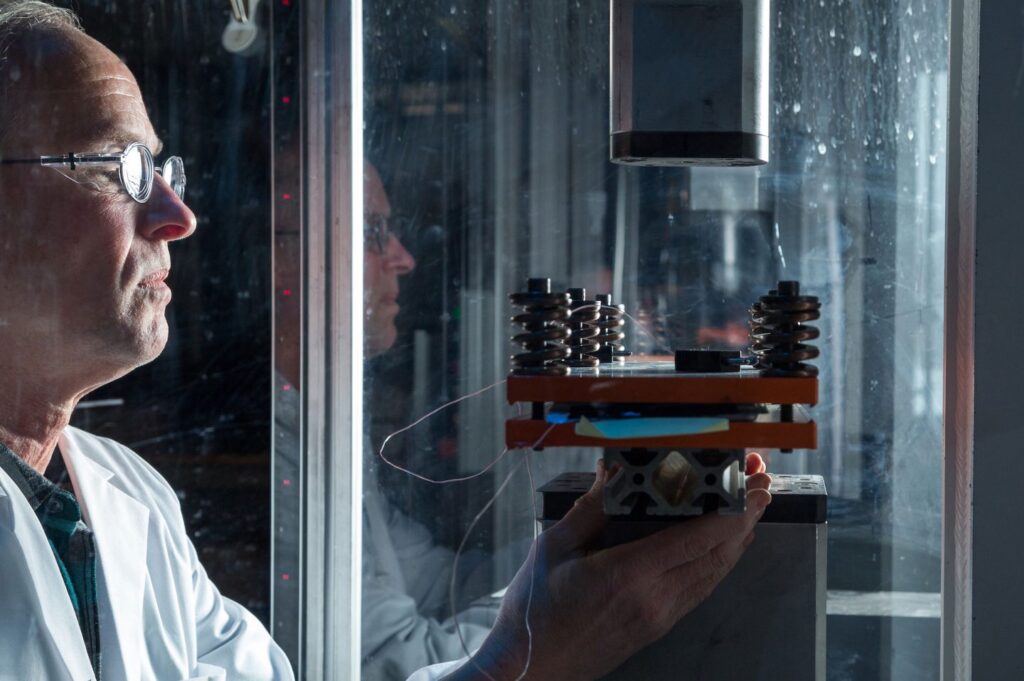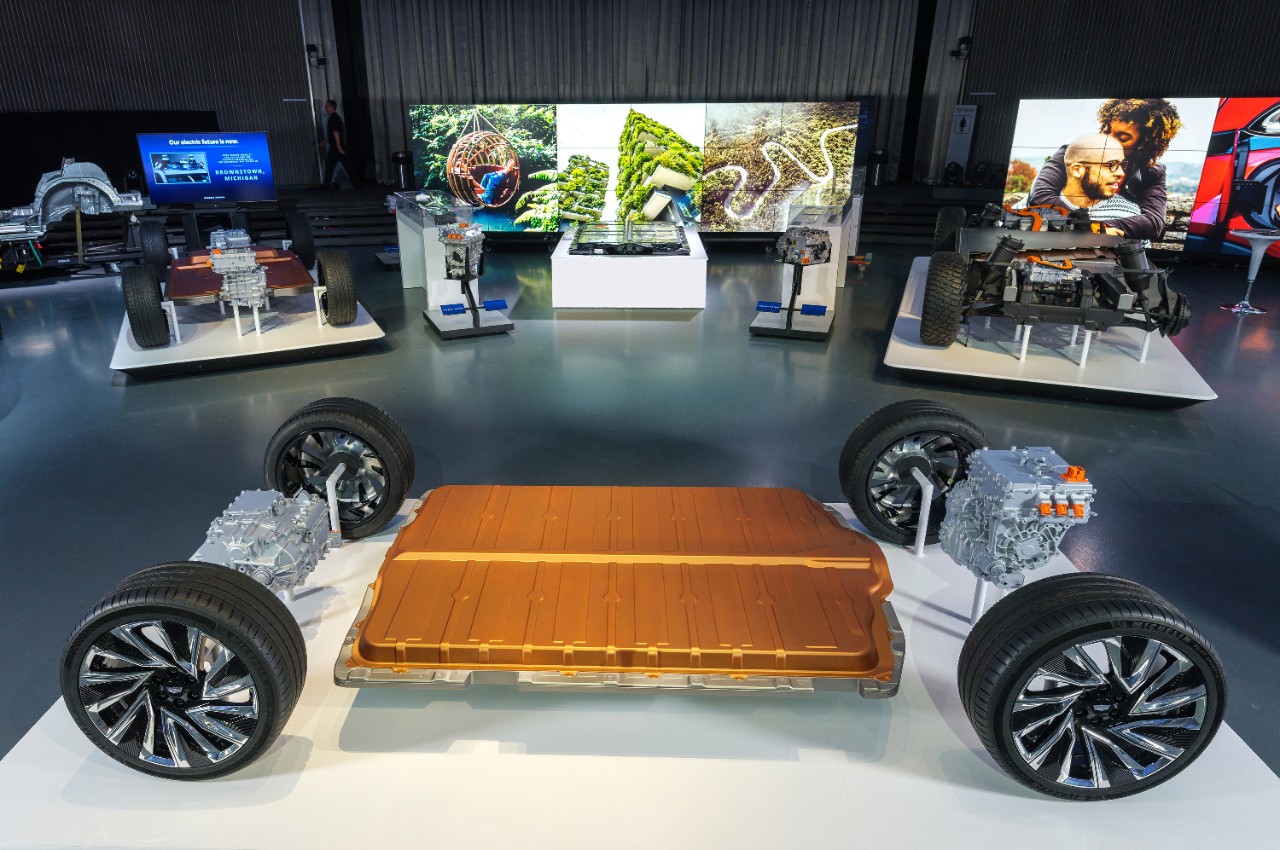Detroit, MI – General Motors (GM) has shed light on the technical details of its Ultium battery system, the foundation for its current and upcoming electric vehicles (EVs) like the Cadillac Lyric.
Jerry Beamer, who leads GM’s EV propulsion team, explained the intricate workings of the Ultium system during a recent interview.
Core Components and Flexibility
The 2024 Cadillac Lyric AWD exemplifies the Ultium platform. Its battery utilizes NMC chemistry with a voltage range of 3.6v to 3.7v. The system employs pouch-format cells with a capacity of 103 Ah (ampere-hours) and an estimated 371 Wh (watt-hours).

A key aspect of Ultium is its modular design. The Lyric’s battery pack incorporates 12 modules configured in an 8s 3p (series-parallel) arrangement, resulting in a total of 96 cells and a pack voltage of around 345v. Notably, the upcoming Chevy Bolt will utilize a different cell chemistry, lithium iron phosphate, within the Ultium platform.
Beamer emphasizes that the specific cell format (pouch in most North American models) is not crucial to the platform. In China, for instance, GM offers Lyriqs with a module-based pack using prismatic cans and a different chemistry.
The Ultium system is defined by its battery management system, module-centric pack construction, and communication protocols between power electronics. These factors, not just the 103 Ah cell, are what define Ultium.
Voltage Architecture and Power Delivery
Each Lyric module houses 24 cells in an 8s 3p configuration, resulting in a module voltage of roughly 29v. The modules are then connected in series to achieve the Lyric’s final pack voltage. This demonstrates GM’s confidence in its lower-voltage architecture.

While the Hummer EV utilizes the same cells and modules, it boasts a higher voltage pack configuration by stacking two Lyric packs on top of each other. This allows the Hummer to operate its motors at 400v and even charge at 800v using special contactors.
Beamer acknowledges that GM considered 800-volt architecture but prioritizes production volume and cost efficiency for now. The lower voltage system doesn’t hinder performance. The Hummer’s battery can deliver a burst of 745 kW (1,000 horsepower) despite operating around 400v.
Charging and Future Potential
Calculating the exact peak charge voltage is difficult as GM keeps the Ultium cell’s voltage buffer confidential. This buffer is the difference between the theoretical pack capacity and the usable capacity. Cells aren’t charged to their absolute maximum or discharged to their minimum to preserve lifespan.
The Lyric’s ability to handle 190 kW continuous charging and 240 kW regenerative braking highlights GM’s confidence in the system’s capabilities. Future performance variants, like the rumored high-performance Lyriq, may push these charging and discharging limits even further.
Also: Breakthrough in Battery Technology: Sodium Battery Charges in Seconds
Overall, GM is still unlocking the full potential of the Ultium system. By analyzing data and conducting key tests, they are constantly refining the system for various cell formats and configurations. This promises exciting advancements in the future of GM’s electric vehicles.

1 thought on “GM Unveils Details of Ultium Battery System Powering New Electric Vehicles”